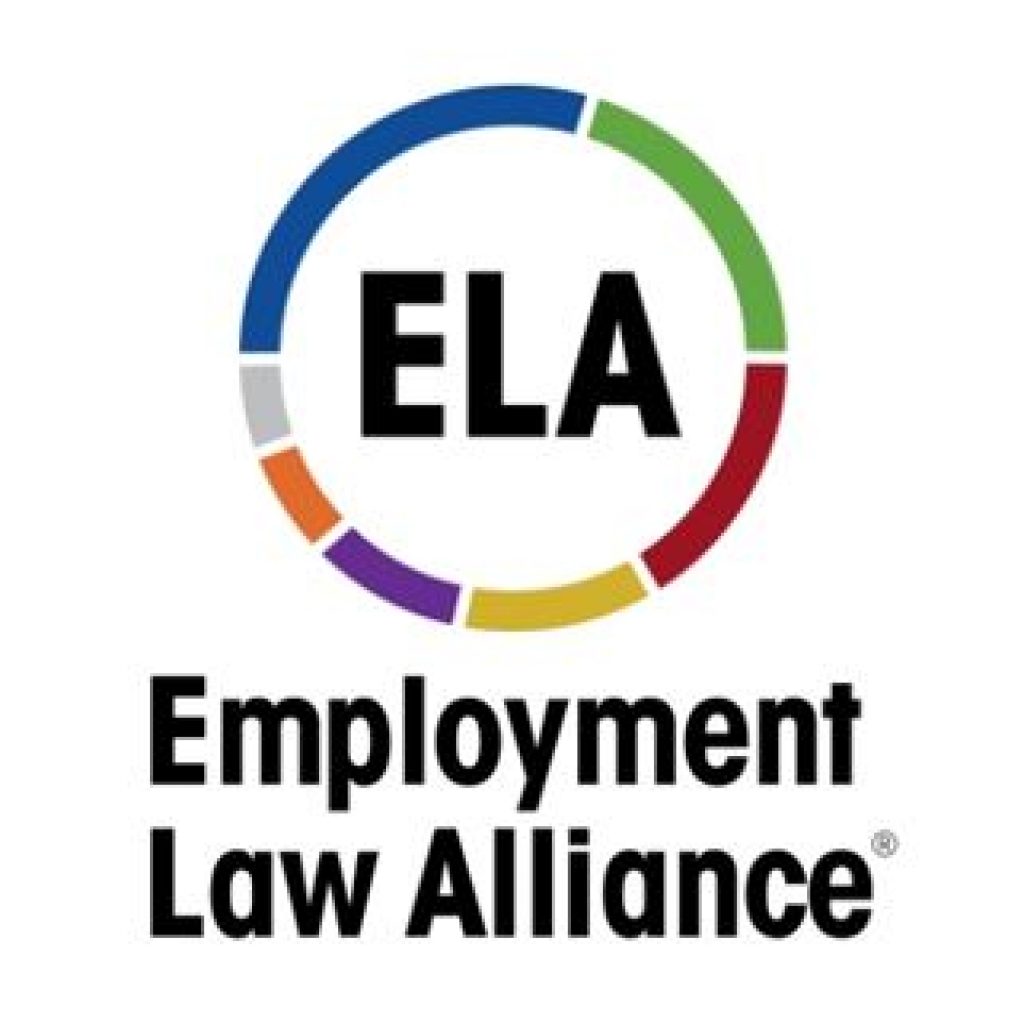Ninth Circuit Gives Deference to DOL’s Dual Jobs Regulation
The U.S. Court of Appeals for the Ninth Circuit upheld the Department of Labor’s dual jobs regulation and Guidance to find that employers may not take a tip credit against the minimum wage for tipped employees who perform non-tipped work during more than 20% of the workweek – an issue that has been the subject of much controversy.
The Dual Jobs Regulation and Guidance. Under the Fair Labor Standards Act, an employer may take a tip credit toward its minimum wage obligation for tipped employees equal to the difference between the required cash wage (at least $2.13) and the federal minimum wage ($7.25). The DOL issued a dual jobs regulation, providing that where an employee is employed in two jobs – one tipped and one not – the employer may pay the tipped wage only for the work performed in the tipped occupation. It further clarified the regulation in a Guidance, providing that an employer may not take a tip credit for the time an employee spends performing non-tipped work, if such work exceeds 20% of the employee’s regular workweek.
The Court’s Ruling. In March v. J. Alexander’s LLC, the plaintiff argued both that he was performing non-tipped tasks unrelated to his tipped work, and non-tipped tasks related to his tipped work that exceeded 20% of the workweek. The employer argued that the regulation and Guidance exceeded the DOL’s authority, but the court held that they were entitled to deference because the DOL had the congressionally delegated authority to promulgate these rules. The court also rejected the argument that they had been issued without sufficient opportunity for notice and comment, noting that such argument was subject to a six-year statute of limitations that had passed decades ago.
The U.S. Supreme Court articulated the test for whether agency regulations are entitled to deference in Chevron U.S.A., Inc. v. Nat. Res. Def. Council, Inc. Applying the Chevron test, the court found that the statute had not spoken to the precise question at issue, which enables the agency to issue its interpretation of the issue. That interpretation must be given deference unless it is “arbitrary, capricious, or manifestly contrary to the statute.” In this case, the court found the regulation to be reasonable.
As to the Guidance, the court applied the U.S. Supreme Court’s test set forth in Auer v. Robbins, under which an agency’s interpretation of its own ambiguous regulation is entitled to deference as long as it is not “plainly erroneous or inconsistent with the regulation.” The court found the Guidance to be reasonable and consistent with the DOL’s past views on the issue.
Significance of the Ruling. With this decision, the Ninth Circuit joins the Eighth Circuit in granting deference to the DOL’s dual jobs regulation and 80/20 or 20% rule. Notably, there is another challenge to the rule pending in a Texas federal court, and the status of the rule remains unsettled in other jurisdictions.







